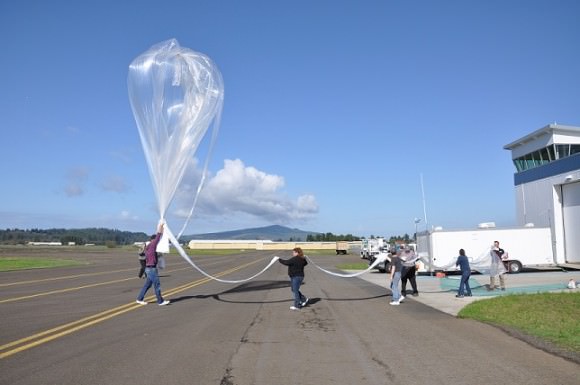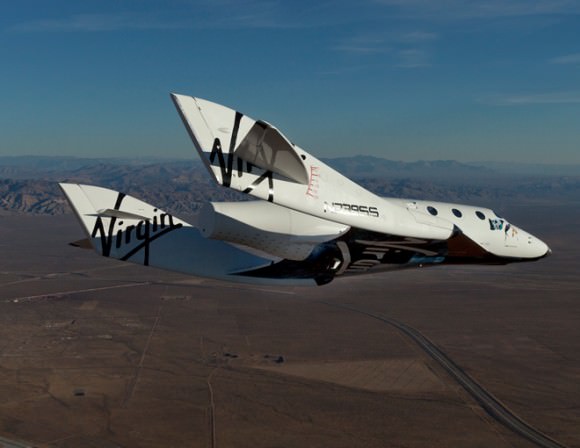Imagine you’re a space tourist wanting to blog about your experience. Too impatient to wait for the ride back to solid ground, you open up your laptop on the way home and post pictures and video of the experience just minutes after you were zooming through suborbital space.
That would only be possible if there was some sort of infrastructure available to send messages over the Internet or on text protocols, and according to Brian Barnett, there’s plenty of demand from the private sector, NASA and universities to do so. That’s why this morning, his company (Satwest) will put a temporary wi-fi hotspot in space aboard a rocket from Denver’s UP Aerospace Inc.
“It’s our first test of the technology in space,” Barnett told Universe Today. “We use the technology on the ground, and in airplanes already, and this will be the first test in space.”

Here’s how it works: on board the rocket will be a satellite phone and e-mail device. Once it launches from Spaceport America in New Mexico around 10 a.m. Eastern (3 p.m. UTC) today (if all stays to schedule), high school students at Bosque School in Albuquerque will send out famous space movie lines.
The information will be transmitted to a ground station in Phoenix, which will transmit the message to the nearest Iridium satellite.
That satellite will then relay the message to the Iridium satellite that is closest to the rocket, which will zoom to a maximum altitude of 70 miles (112 kilometers). That’s just past the 62-mile (100 kilometer) Karman line that is a commonly accepted point for the edge of space.

SatWest currently has a contract for NASA suborbital rocket communications because there is a demand for experimenters wanting to have two-way, real-time chats with their payloads while they’re in the middle of their work. Other customers include Virgin Galactic, the Federal Aviation Administration, Masten Space Systems and Armadillo Aerospace.
Astronauts on the International Space Station can already transmit messages to the ground using NASA systems, but Barnett said his option could be cheaper if it is installed up there. (He added he is speaking theoretically as his current contract parameters are for suborbital rocket flights only.)
We’ll keep you posted on how the flight goes.


I can’t imagine having time to post a message on a Virgin Galactic flight, with my eyes glued to the windows.